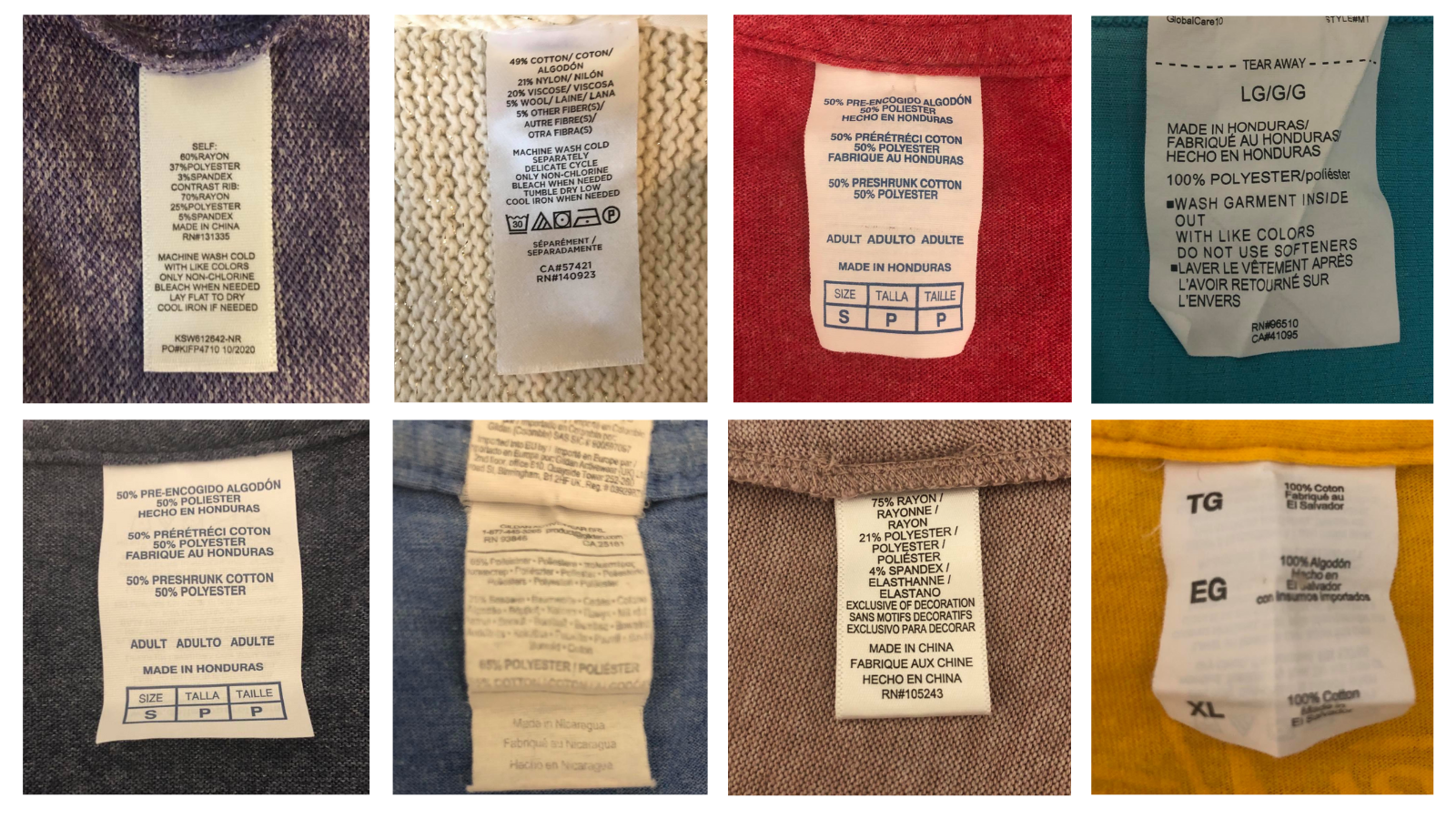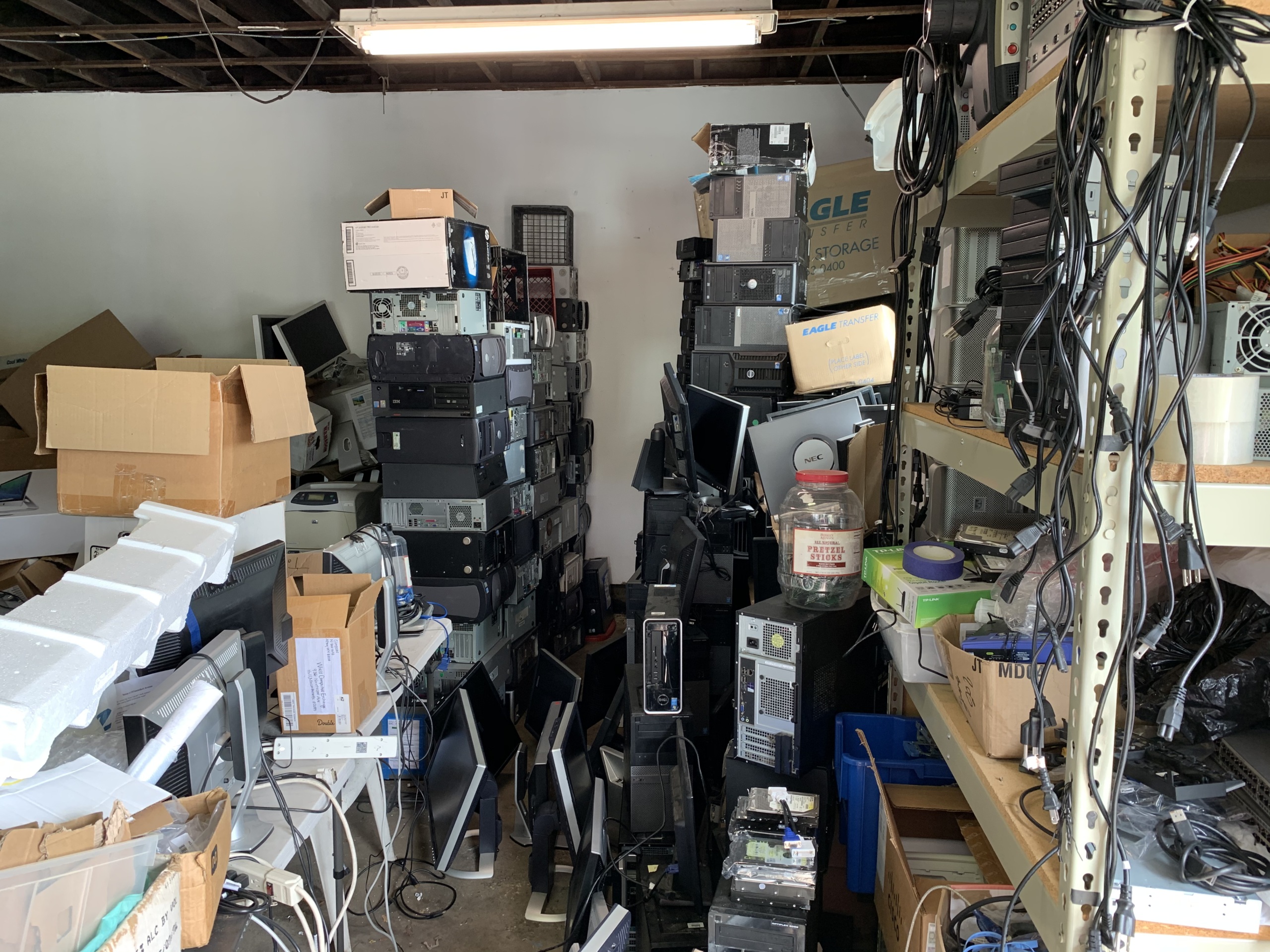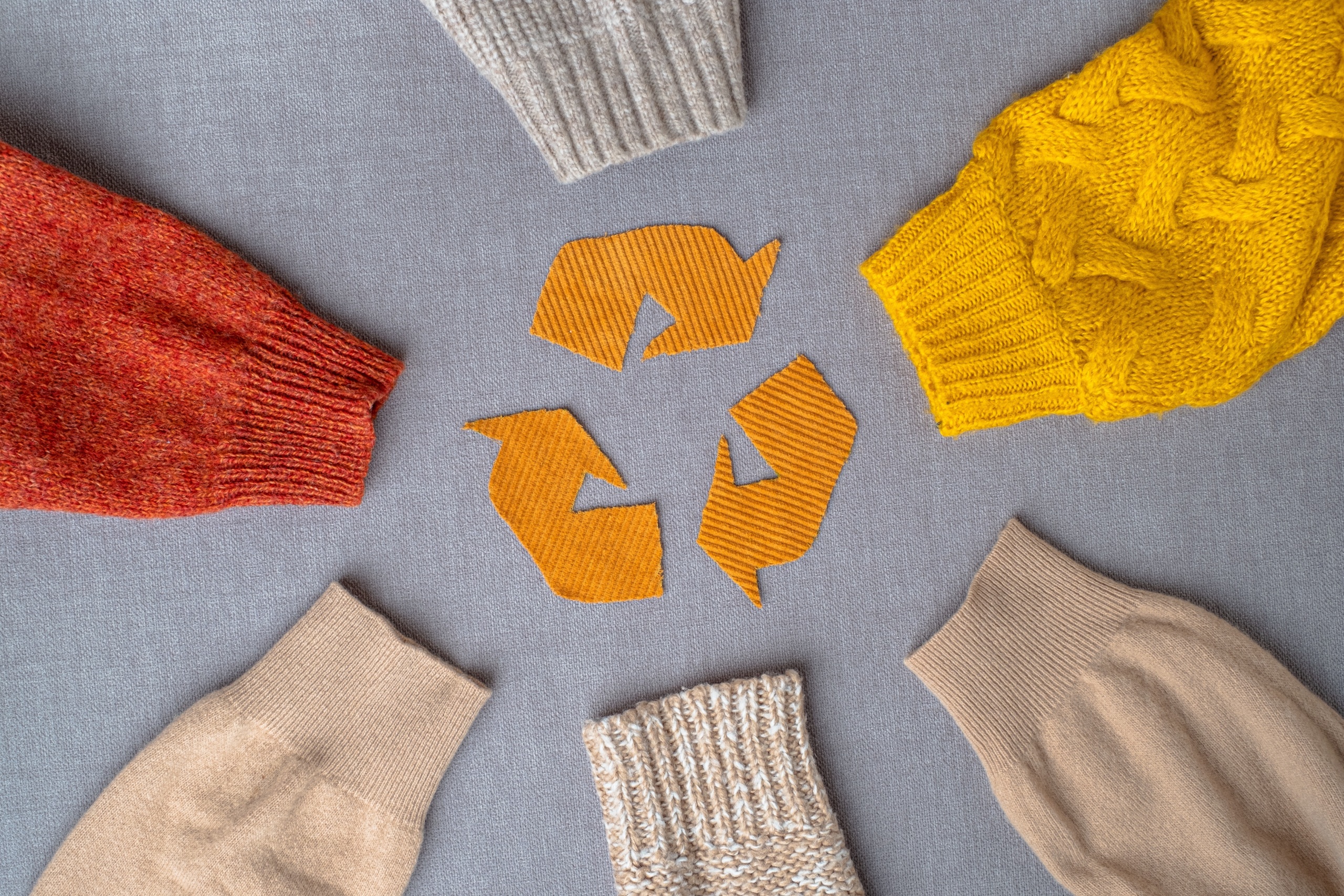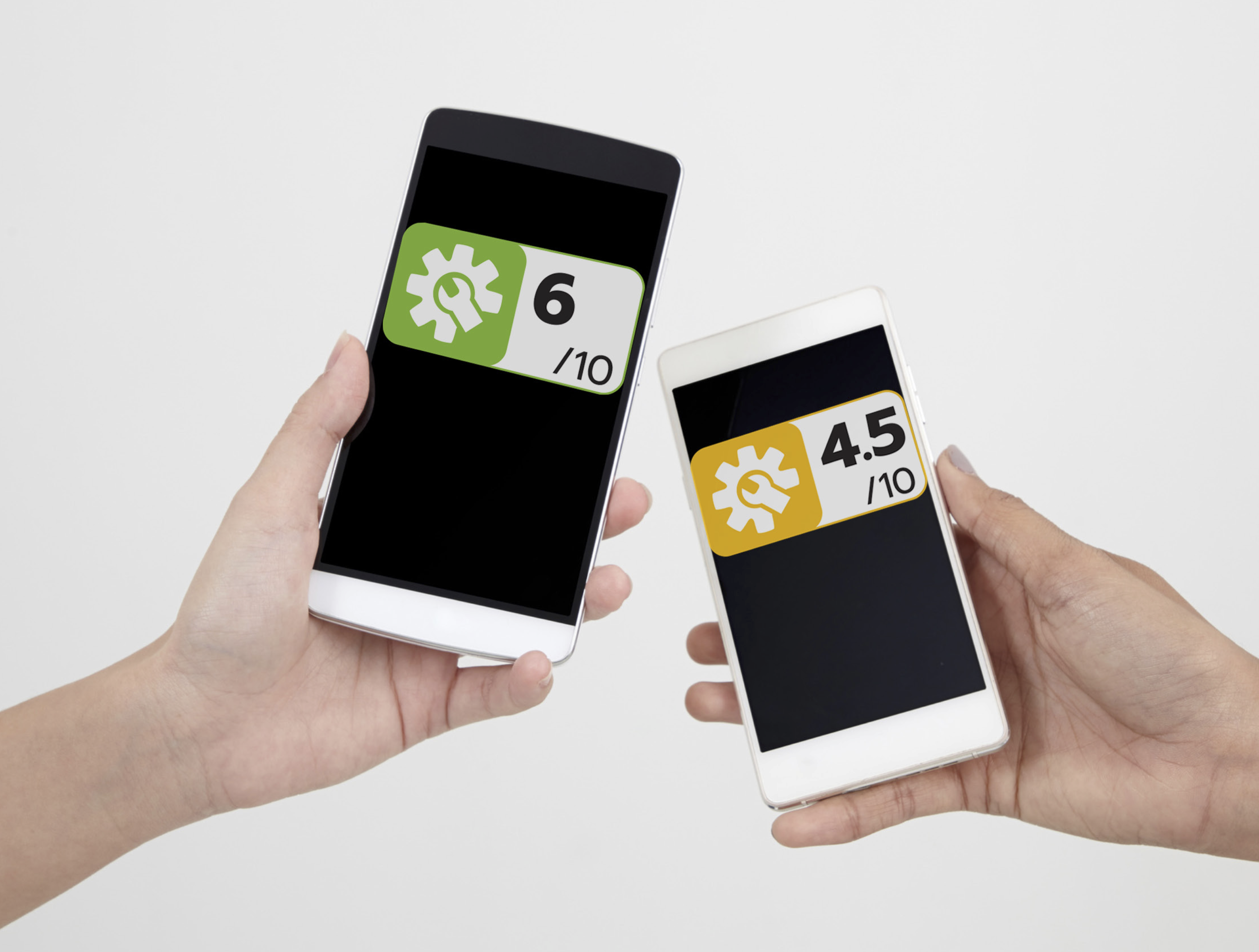What does it take to make ‘eco-friendly’ clothes?
Recycling is a step in the right direction, but it won’t be enough to solve our clothing waste problem.

H&M did something big this past November. The fashion giant announced a multi-year partnership with Swedish textile recycler Renewcell to create millions of new garments from unwanted clothing.
This isn’t the first time the two companies collaborated. Earlier this year, a dress made partially from recycled clothing joined H&M’s conscious collection, the brand’s “eco-friendly” clothing line. The recycled Circulose dress marked the first time that new clothing made from recycled jeans and t-shirts was available at mass scale.
The recent five-year agreement between the fashion company and Renewcell has the potential to produce more recycled clothing than ever before. But is it time to celebrate a decisive victory against clothing waste? Truthfully, a lot of clothing can’t be recycled, so not really.
Recycling clothing is a complicated process. Garments must first be collected and sorted before they’re sent to a processor like Renewcell. Next, they’re shredded into small pieces and the clothing scraps are dissolved through a chemical recycling process into a slurry, which is then decolored and filtered to remove synthetic fibers (such as polyester, nylon or spandex) from the natural fibers (such as cotton or wool).
From there, pressing, heating and drying remove excess water from the natural fibers, leaving behind a biodegradable pulp–patented by Renewcell as Circulose, a raw material that is eventually made into new garments. Before that happens, however, the Circulose pulp is cut into sheets, turned back into fibers, spun into yarn and woven into fabrics, which are finally used to make a new piece of clothing.
It sounds complicated, right?
Rather than using this method to recycle unwanted clothing, wouldn’t it be easier to change our relationship with fashion? What if clothing was designed to last longer and repair easily? And what if brands didn’t overproduce disposable products? If that were true, we wouldn’t have to throw away so many clothes or send them to a recycler in the first place.
I don’t mean to completely trash clothing-to-clothing recycling. In some cases, recycling may be the best and only option to prevent worn or damaged clothes from entering a landfill, which in itself has environmental benefits. Recycling old clothes instead of throwing them out prevents methane (a powerful greenhouse gas) emissions that trashed clothes release when buried. Also, using recycled material to manufacture new clothing can be more sustainable than starting from scratch, since it doesn’t require producers to source more water-intensive cotton.
But there’s a big problem. This method of recycling only allows Renewcell to recycle natural fibers and not all clothes are created using cotton and other naturally occurring materials. Polyester–a plastic-based synthetic fiber–is now the most commonly used fabric for clothing. As of June 2019, Renewcell could only process cotton clothing with up to 2% synthetic fibers, meaning there is still a ton of clothing waste that can’t be recycled–including a lot of H&M’s products.
Even if we had the technology to recycle all different types of materials and fabric blends into new clothes, recyclable clothing can still be wasteful if it’s not designed to last. For companies like H&M to truly be sustainable, they need to go back to the basics. Reduce. Reuse. Then, recycle.
Unless we change the way we think about clothing, we’re going to keep having a trash problem. As long as our clothes are only worn a few times and then thrown away or recycled, they won’t be “eco-friendly.” The most eco-friendly clothing is the clothing that we can wear for as long as we want, repair it if we need to and pass along for someone else to love when we’re done wearing it.
Someday I hope H&M and other fashion behemoths address the overproduction of low-quality, disposable clothing. Until that day, you won’t find any new H&M products, recycled or not, in my closet.
Authors
Olivia Sullivan
Find Out More

Why do we toss working devices?

Voices for Sustainable Fashion

Most of our clothes are made from fossil fuels: Here’s why that’s a problem


